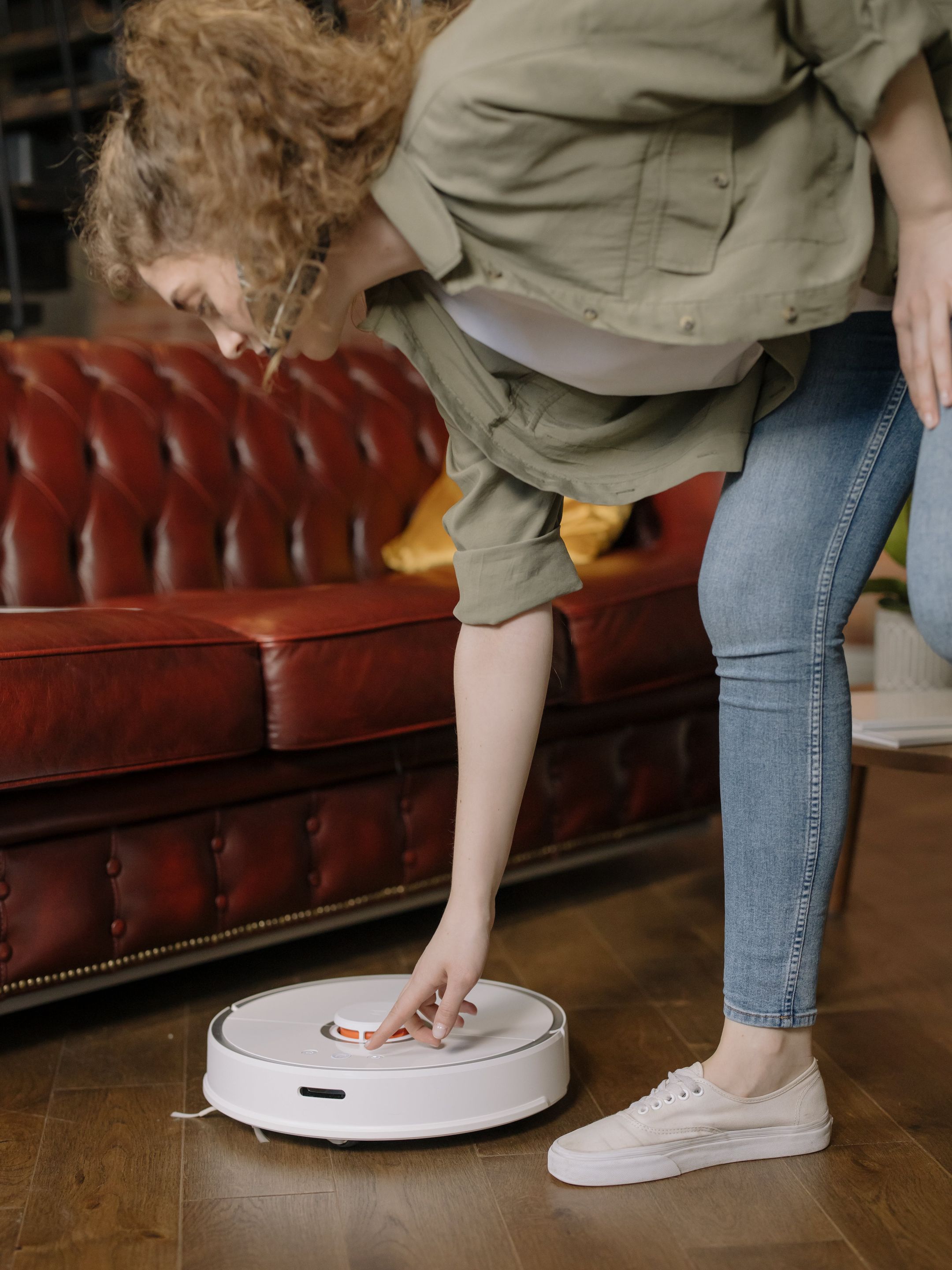National Free Service Email: info@spairobot.com

Get A Quote
Unraveling the Enigma: Why Is My Robot Vacuum Going in Circle
Introduction
In the bustling world of automated cleaning, the frustration of discovering your robot vacuum moving in perplexing circles can be exasperating. Today, we embark on a journey to demystify this seemingly erratic behavior, providing insights into the common reasons behind it. At the heart of our exploration is the desire to transform the robot vacuum experience from a head-scratching ordeal to a seamless and efficient cleaning endeavor.
The Basics of Robot Vacuum Navigation
Understanding the intricacies of robot vacuum navigation is pivotal to unraveling the mystery behind its circular movements. At the core of these intelligent devices is a sophisticated system comprising sensors, algorithms, and mapping technology. Picture it as the robot's eyes, brains, and internal GPS working in unison to create a seamless cleaning experience in your home.
Sensors: The Eyes of the Robot
Sensors serve as the eyes of the robot vacuum, allowing it to perceive its environment. These sensors detect obstacles, changes in flooring, and other spatial information. Cliff sensors prevent the robot from taking a tumble down stairs, while proximity sensors ensure it maneuvers around furniture and other impediments. Any interference with these sensors can disrupt the robot's ability to "see," potentially leading to the peculiar circular movements that leave us scratching our heads.
Algorithms: The Brains Behind the OperationAlgorithms act as the brains of the operation, guiding the robot's decision-making process. They process the data collected by sensors in real-time, determining the optimal path for efficient cleaning. These algorithms are sophisticated, designed to adapt to different environments and learn from past cleaning patterns. However, if the algorithm encounters an anomaly or is hindered by external factors, it might result in the robot vacuum seemingly going in circles.
Mapping Technology: The Internal GPSModern robot vacuums often incorporate mapping technology, functioning as the internal GPS of the device. This feature allows the robot to create a virtual map of your home, facilitating systematic cleaning and preventing unnecessary repetition. When the mapping technology encounters errors or becomes skewed, the robot might exhibit circular behaviors as it struggles to reconcile its perceived location with the mapped environment.
Common Reasons for Circular Movements
Before delving into the complex, let's address the simple. Stuck wheels, tangled brushes, or debris hindering movement are common culprits. A quick check for these issues might resolve the circular dance. Additionally, low battery levels can compromise the vacuum's ability to navigate effectively. Don't overlook the possibility of a software glitch; periodic firmware updates can often iron out such wrinkles.
Understanding Sensor Interference
Sensors play a pivotal role in guiding a robot vacuum through your living spaces. Yet, they are not immune to interference. Objects, pet hair, or dust accumulation on the sensors can disrupt their functionality, leading to erratic movements. Regular maintenance and keeping the sensors clean ensure that your robot vacuum continues to navigate with precision.
The Role of Environment and Flooring
Believe it or not, your home's environment can influence your robot vacuum's navigation. Intricate patterns or certain flooring types can confuse sensors, steering the vacuum off course. Moreover, poor lighting conditions may hinder its ability to perceive its surroundings accurately. Optimizing your home environment for smoother robot vacuum operation can make a significant difference.
Exploring Advanced Navigation Features
For those with advanced robot vacuum models boasting mapping and room recognition capabilities, the plot thickens. While these features enhance efficiency, they may introduce new challenges. Understanding how your specific model operates and making necessary adjustments can optimize its performance. Familiarity is the key to unlocking the full potential of your intelligent cleaning companion.
Tips and Hacks for Rectifying Circular Movements
When faced with a robot vacuum stuck in a loop, a DIY approach can often work wonders. We offer a step-by-step guide to troubleshoot and resolve common issues. From checking wheel movement to ensuring a clutter-free cleaning path, our tips aim to empower users to reclaim control over their cleaning routines.
When to Seek Professional Assistance
In some instances, DIY solutions might not suffice. Knowing when to seek professional assistance, whether through manufacturer support or professional repair services, is crucial. Understanding warranty coverage and reaching out to customer support ensures a reliable resolution to persistent issues.
Conclusion
As we conclude our exploration into the enigma of robot vacuums going in circles, the key takeaway is empowerment. By understanding the nuances of navigation, tackling common issues, and seeking assistance when needed, users can transform their cleaning routines. Let's navigate the world of automated cleaning with confidence, ensuring our robot vacuums dance to the beat of efficiency and precision.
At Spairobot, we understand the intricacies of robot vacuum technology. We emphasize user-friendly designs, robust R&D, and seamless integration of innovative features. If you find your robot vacuum caught in circles, consider our intelligent cleaning solutions. We believe in enhancing your cleaning experience by addressing common challenges with precision and reliability. With Spairobot, it's not just about cleaning; it's about intelligent, efficient cleaning tailored to your lifestyle.


